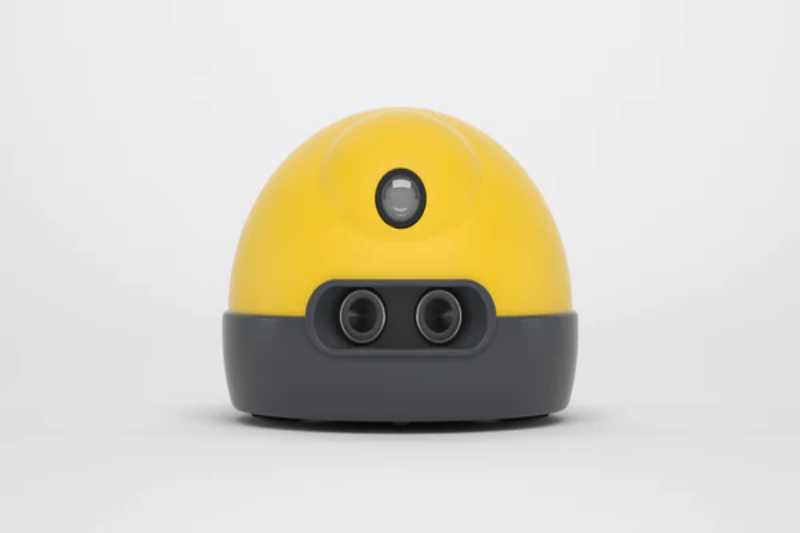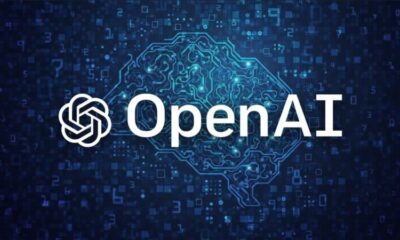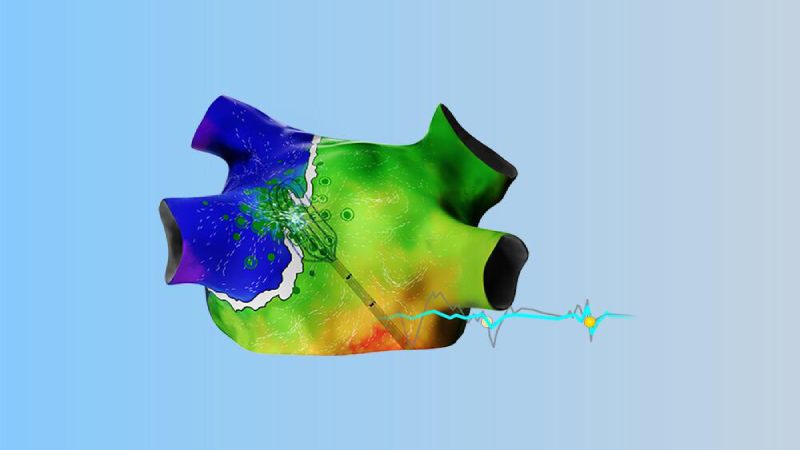One of the biggest technology trade events in the world, CES, has long included standalone devices that can move around a room, operate smart home appliances, or project streaming content onto walls.
In an interview with The Washington Post, Samsung vice president and head of the Future Planning group Kang-il Chung stated, “With the way things are going, I don’t see any big issue with reaching our goal of releasing it within this year.”
The price of Samsung’s Ballie is one of the important factors that has not yet been decided. However, Samsung has said that a subscription is not required to use the robot’s entire feature set.
The official start of CES is this Tuesday, and robotics and artificial intelligence are predicted to make a big impression.
In its attempt to extend its robotic reach into people’s homes, Samsung is up against competition. Competitor LG also unveiled a robotic home companion in late December. This bipedal, roaming “AI Agent” can “move, learn, comprehend and engage in complex conversations” in addition to regulating smart-home devices and collecting data on air quality and temperature in the house. An LG representative stated that the business plans to introduce the AI Agent in 2025, albeit they could alter their timeline.
Major consumer tech companies appear to be feeling more optimistic now that people are willing to accept these gadgets into their homes, as evidenced by these announcements. However, that does not imply success.
See more well-known personal robots projects as evidence: When Amazon released their Astro robot in 2021, people were more interested in it as a novelty than as a useful household appliance. Customers can still hardly obtain the merchandise.
A humanoid robot with a tablet for a chest, Pepper was developed by Softbank and was in production for over ten years before it was abruptly shut down in 2021. The head of the MIT Media Lab’s Personal Robots Group created Jibo, an amiable robot with an expressive screen face, but it also failed.
What you would want out of a house robot ultimately determines if investing in one makes sense.
For instance, Samsung designed Ballie to be somewhat versatile. While Ballie patrols your house, a spatial lidar sensor helps it avoid barriers and navigate rooms. Additionally, the robot can project movies, make video chats, and even send greetings on nearby and distant surfaces thanks to an integrated 1080p projector with two lenses. (Chung adds that Ballie won’t run out of battery in the middle of a movie because its internal battery is designed to last for two to three hours of continuous projector use.)
Although it’s unclear if this capability will be accessible at launch, a promotional film that Samsung aired during its keynote also featured Ballie using its projector as an auxiliary for a nearby PC.
Although vocal commands are the primary method of controlling the robot, you can also use text messaging to give commands to it while you’re out and about. For example, you may send Ballie, “feed the dog and play its favorite video,” and the robot will answer with the help of a chatbot before acting on your request.
Ballie was likewise designed by Samsung to react to the presence of household members. When you go through the front door, it can, for instance, automatically turn on linked lights and, with the aid of an infrared transmitter, non-smart appliances like air conditioners. Additionally, according to Chung, Ballie will know its users’ preferences so it can snuggle up to some while letting others have more room, as not every homeowner will have the same sense of personal space.
Samsung is hoping that Ballie will play the crucial role of a catch-all home caretaker. According to Chung, the robot will do more than just monitor your dogs; it will also ensure that your plants receive watering at the appropriate time. He also believes that Ballie has the potential to be a powerful tool for senior care, referring to aspects of the robot’s capabilities that enable “greater access” to remote medical services.
This is certainly a lot to ask of a single gadget, and a disconnect between expectations and reality might seriously impede Samsung’s robotic goals.
Chung stated that Samsung is dedicated to make Ballie “a success” and refrained from speculating on how his failure will affect the company’s robotics ambitions. However, Ballie thinks that even if it doesn’t immediately wow its customers, it will contribute to the evidence that robotic helpers can be a valuable addition to our homes. Chung makes the odd point that a lot of the devices and appliances we use on a daily basis weren’t around ten years ago.
“The question is: What will become prevalent? What will we take for granted in the next 10 years?” he asked. “Home robots, I hope, will be one of them.”


 Entertainment4 weeks ago
Entertainment4 weeks ago
 Business3 weeks ago
Business3 weeks ago
 Business3 weeks ago
Business3 weeks ago
 Business3 weeks ago
Business3 weeks ago
 Technology4 weeks ago
Technology4 weeks ago
 Technology3 weeks ago
Technology3 weeks ago
 Technology2 weeks ago
Technology2 weeks ago
 Business2 weeks ago
Business2 weeks ago










